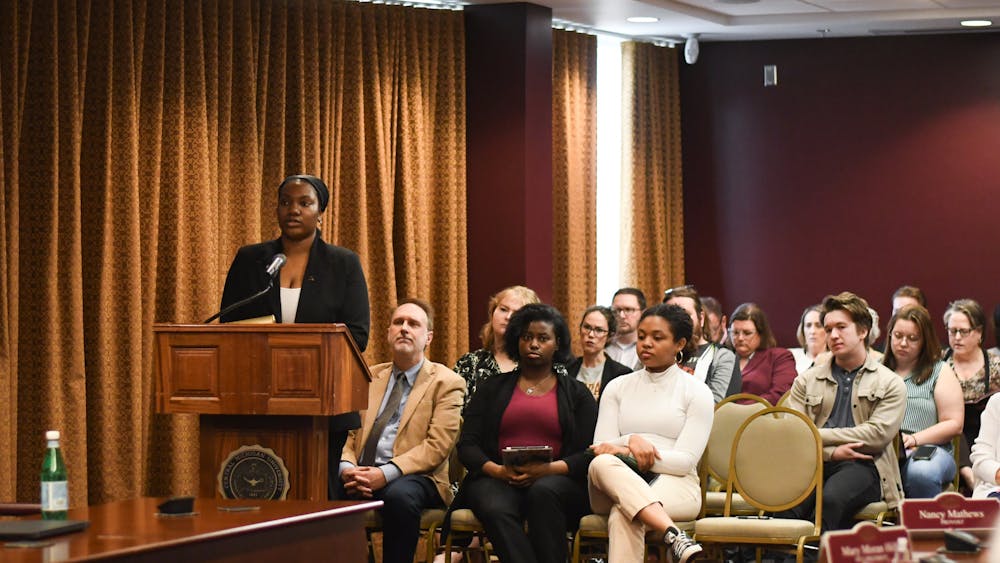Creating sustainable energy with footsteps
A novel engineering experiment that trumpets the use of renewable energy is about to get a boost.
Last year, Central Michigan University engineering and technology students built an energy-harvesting device that was used to power a temperature display in front of the Engineering and Technology Building.
"This is a very small version of a sustainable energy system," assistant professor of engineering and technology Tolga Kaya said.
The device, which contains a material that generates energy when pressed, produced electricity from the vibrations created by pedestrian’s footsteps as they walk in and out of the building. It was the first of its kind at CMU.
The project was a success, and Kaya along with four students are looking to make further enhancements to the device, which is still in use. Produced as the result of a senior capstone project at the end of last year, the future enhancements will be the result of an additional senior capstone project this semester.
"It is still functioning, and at the end of May, it was able to continuously power the system without using any external batteries," Kaya said. "Now, we are working on improving the device."
The device, which currently only produces power generated by footsteps, produces roughly 5 watts per hour. With further renovations, which will also add solar and wind power capabilities, it could produce roughly 50 watts per hour early this spring, when it is scheduled to be completed.
The output will be enough to power a digital display in front of the building.
The original device came with a price tag of $1,500. However, Kaya said he does not foresee the wind and solar enhancements costing more than $1,000.
Kaya will be working on the project with Indian River senior Briana Ohlert, Livonia senior Steven Shapardanis, China senior Fei Pang and Elk Rapids senior Jared Jorgensen.
The experiment is small in scale, but Kaya said the device is paving the way for much larger efforts.
"We are only using some material in a small area," he said. "Imagine that device implemented all around the building, then you would be able to generate much more energy. We're hoping to encourage systems like this, powering more buildings with similar methods, showing attention to alternative energy"




